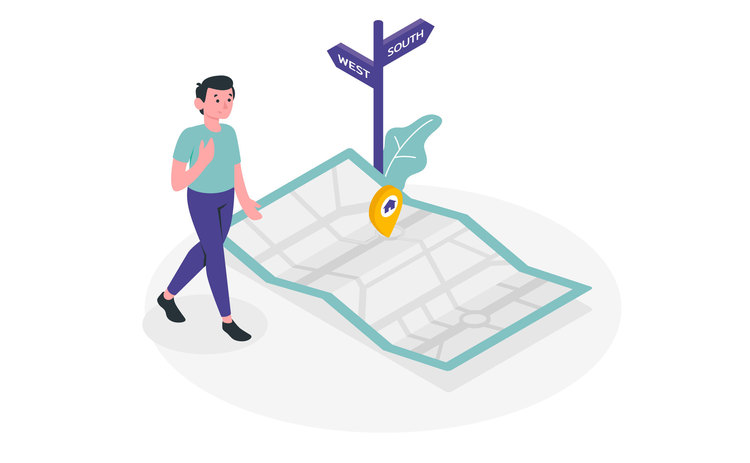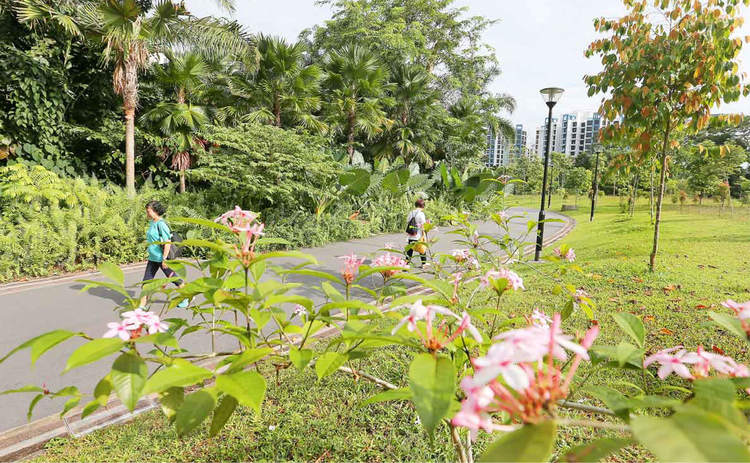It’s common knowledge that location is key when it comes to property hunting. After all, we’re talking about your new home as well as a substantial amount of investment. Location matters because it’s the one factor that cannot be changed - unless you sell and move - making it one of the most important aspects to consider when buying a home. Here some considerations to think about location.

1. Lifestyle - Soft Factors
Imagine waking up to a raucous din of drilling or a cacophony of honks. If that is not how you want to start your day (or want to face at any time of the day), it will be really important to scout the potential area first and make sure it’s not bombarded by noise. This constitutes one of the soft factors when it comes to lifestyle. Another similar consideration is the community. Are you a very private person or someone who would rather mingle and network? The location matters because your neighbours make up your community and you want to make sure you don’t find them irksome or boring. Do you like a good view while you unwind with a glass of wine at night? What even makes a good view for you? A giant patch of field or forest, or clusters of real estate? Once again, this will depend on the location, not just of the building you’re staying in but the location of the very unit itself.
2. Lifestyle - Hard Factors
Fancy waking up early and going for a swim? Not a big deal if you’re staying in a condo, but for a HDB-dweller, a nearby community pool can mean a world of difference when it comes to forming healthy habits that would have an impact on your mental and physical well-being. Other than swimming pools, consider parks, beaches, and amenities like basketball or soccer courts.
For parents, schools will be a huge consideration. Do you want your children to learn how to be independent, thus not minding that the choice of school is a distance away? Or do you value convenience (and more sleeping time for all of you)? Do you cook? Are there supermarkets with your favourite ingredients nearby? What about other amenities like shopping malls, theatres, and hawker centres? Lastly, do you drive? If not, it’ll be great if you find a location that is a stone’s throw away from key transport hubs but tucked away without all the noise and traffic normally associated with it.

3. Look To The Future (URA Master Plan)
We’ve been talking about paying attention to the surrounding, but it may prove to be wise to sacrifice current comforts to reap future rewards. The URA Master Plan details all long-and mid-term plans and proposals for infrastructure development and determines which areas are used for what purposes. Needless to say, this is an invaluable guide when it comes to investing and preparing for the future. For example, the 2019 URA Master Plan included plans to develop CBD and Marina Bay area for housing, and not entirely for business. And that the downtown heritage district (Bugis, Fort Canning, Bras Basah) will be further expanded and developed. Not only do these developments affect the value of your home, it may also potentially affect the lifestyle options available to you.
4. Look To The Future (Growth Areas)
Think of the URA Master Plan as longer-term and more arbitrary, and think of growth areas as more concrete and current. Growth areas are up and coming zones that the government has announced to develop with infrastructure and population growth. One growth area is Jurong, also known as Singapore’s plan for its second CBD. This plan is coming to fruition, with many MNCs setting up their offices there, as well as housing the station for the high-speed rail linking Singapore to Kuala Lumpur. Jurong is also well-serviced by many malls like Jem, J Gateway and Big Box, a community hospital, business parks and nature parks. A newer growth area is Paya Lebar, which came to news when the government announced that the 800 hectare Paya Lebar Airbase will shut down in 2020, thus (potentially) making more space for housing estates and public infrastructure. As you may already know, the URA Master Plan plans to make Paya Lebar a vibrant commercial hub. Such examples give rise to the importance of looking out for growth areas, even if you might not think of them as particularly attractive. Are you willing to hold for the long term?
5. Look Out For Gentrification
Unlike the URA Master Plan and growth areas, gentrification (or making an area more refined and “atas”) happens organically and because of the community or certain independent investors. Look at Tiong Bahru, which became a hipster hot spot known for cafes and colonial houses. There are also certain stretches of east coast and Katong which became more lively because of bars and restaurants. Pay attention to the area and the kind of crowd it attracts to see if your location is going to become the next popular destination.
6. Look (A Little) Further
Gentrification and getting upgraded by the URA Master Plan don’t just affect the immediate areas. They also affect areas that are a little further away. Prices in surrounding neighbourhoods tend to rise as one particular neighbourhood becomes popular. For example, Paya Lebar has been developing quickly recently. People who stay in Aljunied will reap the benefits of more infrastructure, services and entertainment near to them, as well as a potential rise in the price of their properties as more people want to stay in the general cluster.
Looking for your perfect home? Visit SRX’s new condo launches here.
Source: editorial

